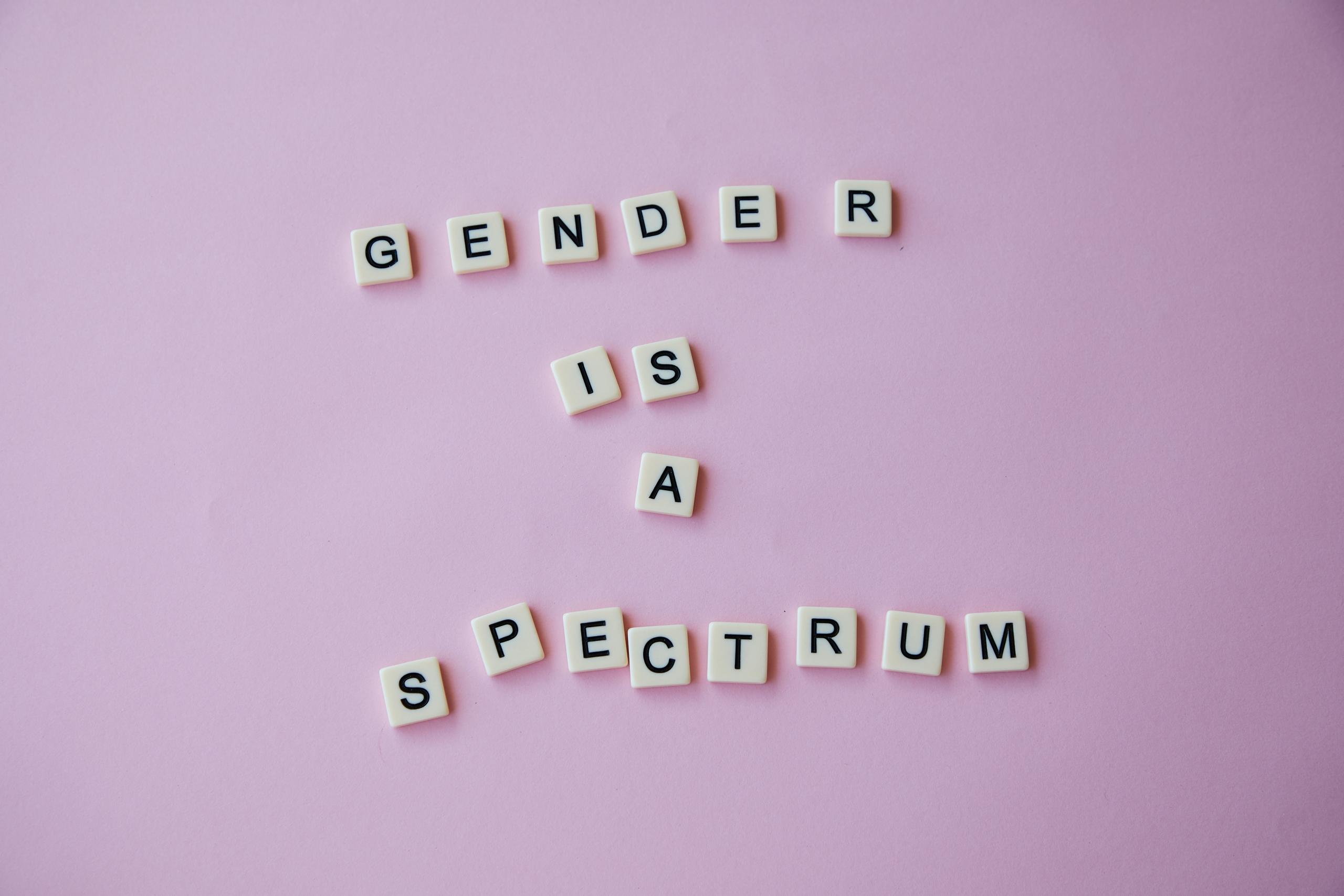Getting a handle on a gender dysphoria definition is not easy. One reason for this is that as an ever expanding concept, gender is constantly evolving. In this article we answer the question: what is gender dysphoria and highlight the signs of gender identity disorder.
If you or your children are asking ‘what is gender dysphoria’ – it is really important to be prepared to be open and honest with regards to your own understanding of gender identity roles and sex.
To follow, we hope that you will gain a better understanding of a gender dysphoria definition as well as how to support a child who is showing signs of gender identity disorder.
Want to give private lessons?
Join the Superprof community and share your knowledge with inquiring and motivated students.
The Dimensions of Gender
Answering ‘what is gender dysphoria’ can be tricky because understandings of the concept of gender can vary from generation to generation.
In the past, generations were presented and inundated with completely different gender messages than they are today. Even though society is constructing new gender frameworks, there are not many opportunities for children to fully understand and grasp this significant concept.
Believe it or not, basic gender literacy has become something that both children and adults need to come to terms with. For instance, most people tend to interchange the terms gender and sex when they are actually not equivalent and have different meanings.
Basic gender literacy is essential for adults and children to comprehend their own gender identity. For example, most people tend to use sex and gender as interchangeable terms, when in reality they have completely different meanings and are not equivalent.
- Sex refers to the distinct physical differences males and females or intersex. This is usually assigned at the time of birth according to a physiological characteristics including genitalia and chromosome make up.
- Gender on the other hands refers to the social characteristics and opportunities usually associated with women, men and the relationship between them. Having said this, there are several scholars and queer advocates who explain that these attributes, relationships and opportunities are socially constructed and are therefore not exclusively binary. This means that they are leant and taught through a process of socialisation that is usually time and context specific much like language. Gender also refers to a person’s complex personal interactions between their body, identity and social gender.
At birth, once the child’s sex is assigned, we usually presume that the gender of the child will be the same. This is the beginning of the most common mistakes and misinformation regarding gender.
Often there is an unease between a child’s sex and gender and this simplistic gender dysphoria definition will be unpacked further in this article.

Body
In asking ‘what is gender dysphoria’ one needs to look at the body, identity and social gender.
Until now, bodies have been mistakenly categorised as binary. Meaning, either male or female. Research, however, demonstrates that the categories between male and female is blurred. Today, we know that it is not only the X and Y chromosomes but at least a further 12 that govern sexual differentiation. Most importantly, there are no fewer than 30 genes involved in sexual development.
While both the male and female bodies are complex, intersex bodies also show that sex exists within a continuum of possibilities!
It also happens that bodies are constantly gendered in the context of societal expectations. For instance, masculinity and femininity have their own expectations in terms of attributes like girls having long hair and boys having short hair. These impositions on gender can affect how children feel about themselves and others.
Want to give private lessons?
Join the Superprof community and share your knowledge with inquiring and motivated students.
Identity and Gender Identity Disorder
Gender identity or gender identity disorder is a result of the sex we are assigned at birth and how we relate to that internally. According to experts, most children have developed a sense of gender identity by the age of four.
Most of society is familiar with binary gender identities (man or woman) and believes that these should be the only ones. However, history has shown us through the ages that there is a much wider gender spectrum that is not only limited to two possibilities.
Language is one of the aspects that can play a role in helping to unveil these alternatives. Through vocabulary and the expression of self it is possible to communicate an alternative reality to mainstream gender and indeed sexuality.
It’s is important to have discussions with a child about how they feel about themselves, their bodies and the way that they show up in the world.
Social Gender
Social gender refers to gender expression and how we communicate and present ourselves to the world. This can be translated through toys, clothes, hairstyles, pronouns and even mannerisms. All of these things will influence how society and individuals perceive, interact and even shape our gender.
Social gender comprises gender roles and expectations regarding how society tries to enforce people to conform to current gender norms.
Gender congruence is when there is a feeling of harmony between those three dimensions of gender.
What is Gender Dysphoria?
Gender dysphoria is serious psychological distress that results from an incongruence between the child's sex assigned at birth and their gender identity. Not all trans people experience dysphoria, but those who do might experience it at varying levels of intensity, sometimes provoking mental disorders. Dysphoria happens when there is a lack of harmony between body, identity and social gender.
Signs of Gender Identity Disorder
When looking out for signs of gender identity disorder, the following guiding questions can help to see if it is manifesting in your child. It is not easy to come up with a gender dysphoria definition but the following questions can help to ascertain how your child relates to gender.
- What do you feel like in your body?
- What made you first feel that way?
- Did having to wear a certain type of clothing make you feel uncomfortable?
- Did taking a shower or doing anything private make you feel extra uncomfortable in your body?
- Do you feel like someone used the wrong name for you when they addressed you?
- Do you feel uncomfortable with certain people, in specific places, or during certain times of the day?
- Can you describe how you have felt? Anxious? Angry? Overwhelmed? Hyper or shut down?
One of the most challenging aspects of gender identity disorder is that it can be very difficult for your child to explain it to you or other people. This is exacerbated by the fact that it differs from person to person, different situations and even different times of the day.
Gender dysphoria could happen to very young children which is why it is even more important to check in with children about how they feel about their identity, body and social gender. Ask them questions about how they feel in different environments like school home and in public places. This is even more critical during the pre-teen and puberty years when the body is enduring critical changes which will affect how children perceive themselves and their gender dimensions.

Choosing Professional Advice
For anyone dealing with gender identity disorder (gender dysphoria), it is normal to feel overwhelmed. Good advice is to seek the help of a professional like a psychologist who could help you, your family member or your child navigate the expanse of their gender experience.
It’s important to note that gender dysphoria is not a mental illness, but can benefit from the help of mental health professionals. Reasons for this include the inevitable depression, anxiety or physical distress that can sometimes be associated with gender dysphoria.
On the other hand, there may be cases where professional help and support is critical. If, for instance, your child identifies as transgender and wishes to change their body to match their gender identity, it is crucial to seek professional help for the process.
In making the choice of a medical professional to help your family, make sure that you find someone who is a specialist in the complexities associated with children and the concept of gender. You may even find that some professionals are intimidated by the topic of transgenderism and some may even disagree to help treat the child.
Starting with online enquiries is always helpful as is asking for a referral from trusted health professionals like your family GP or paediatrician. In South Africa, there are also online forums and websites that will help you with all the resources and information that you need to make the journey easier for you and your child.
Want to give private lessons?
Join the Superprof community and share your knowledge with inquiring and motivated students.





